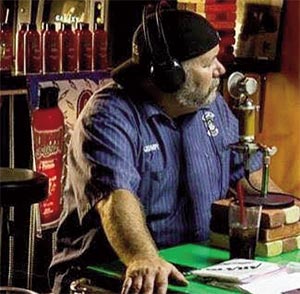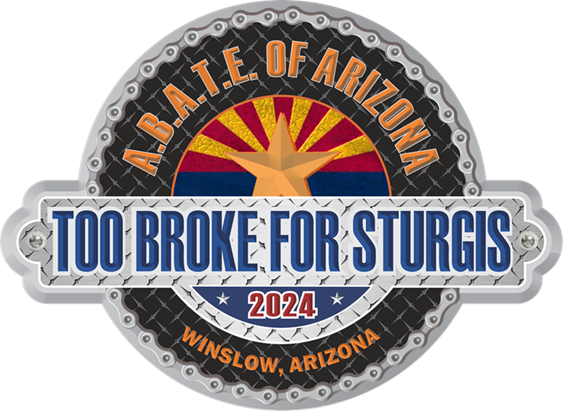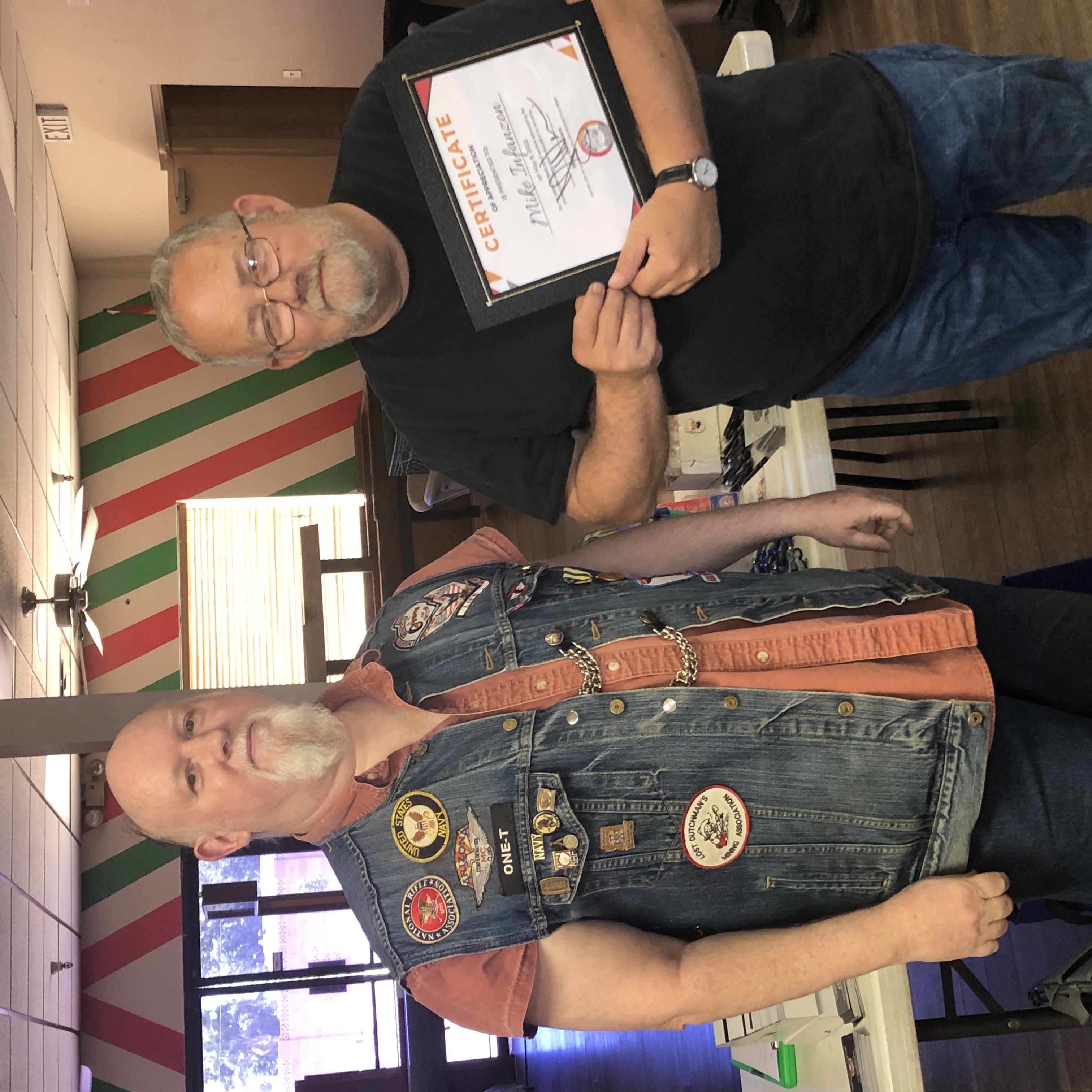
Over the past few weeks, we have been having discussions about the possibility of making motorcycle lane filtering legal here in Arizona. Senate Bill 1273; two-wheeled motorcycle operation has been introduced and through the
Transportation and Technology Committee. As I write this, it is moving its way through the Senate. Keep an eye on your emails and social media for up-to-date information.
In 2018, Utah officially became the second state after California to pass a bill allowing riders to engage in some form of lane sharing maneuver. SB1273 is mirroring the Utah law with a slight difference in effective date. However, while California has been allowing
lane splitting since 2017, Utah had instead passed a law allowing lane filtering.
While “lane splitting” has been a widely
accepted term in the US to refer to most of these maneuvers, there are actually subtleties that differentiate them. So, what’s the difference between lane splitting and lane filtering anyway?
We are working on passing this bill that
allows riders to lane filter in very strictly described conditions. The bill allows "lane filtering if a motorcycle is overtaking a vehicle that is stopped in the same lane of travel and there are two or more adjacent traffic lanes in the same direction of travel.”
Unlike lane splitting that allows a motorcycle to navigate between rows of vehicles circulating at regular speeds, lane filtering allows the
motorcyclist to trickle down between rows of stopped/slow-moving vehicles. This maneuver is usually observed at stop lights and allows riders to navigate towards the front of the line, which in turn allows them to take off
swiftly and safely without being sandwiched between two vehicles.
Lane filtering is usually forbidden between an ongoing traffic lane and a row of parked cars or a curb. Each State has its requirements and its definition of lane filtering (for instance, SB1273 clearly states the vehicles have to be
stopped while a wider definition of the concept also suggests slow-moving vehicles.)
The difference between splitting and filtering all comes down to the speed of the surrounding vehicles and the context in which they are best practiced (rush hour traffic versus intersections). In both cases, it is up to the rider to analyze the situation and engage safely.
A rider needs to make sure they have enough space between the vehicles to travel without ripping off mirrors along the way, and it is their responsibility to travel at a speed that affords them enough time to react should a car suddenly change lane in front of them. A
rider is not obligated to lane split or filter if he doesn't feel at ease doing so.
Mike InfanzonLegislative Director











 Over the past few weeks, we have been having discussions about the possibility of making motorcycle lane filtering legal here in Arizona. Senate Bill 1273; two-wheeled motorcycle operation has been introduced and through the
Transportation and Technology Committee. As I write this, it is moving its way through the Senate. Keep an eye on your emails and social media for up-to-date information.
Over the past few weeks, we have been having discussions about the possibility of making motorcycle lane filtering legal here in Arizona. Senate Bill 1273; two-wheeled motorcycle operation has been introduced and through the
Transportation and Technology Committee. As I write this, it is moving its way through the Senate. Keep an eye on your emails and social media for up-to-date information.